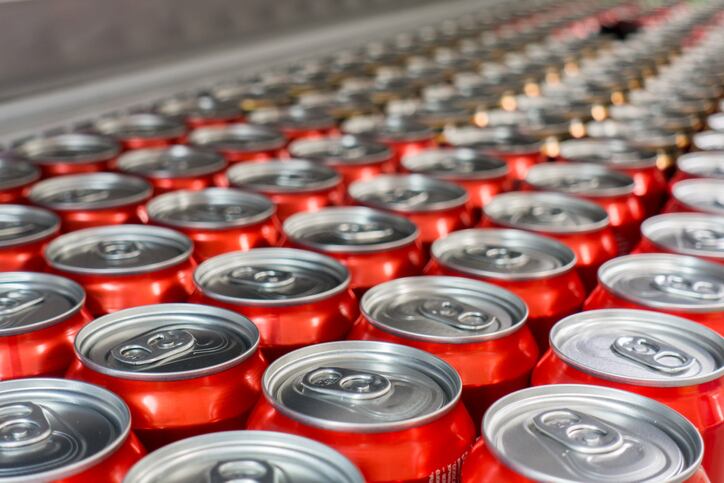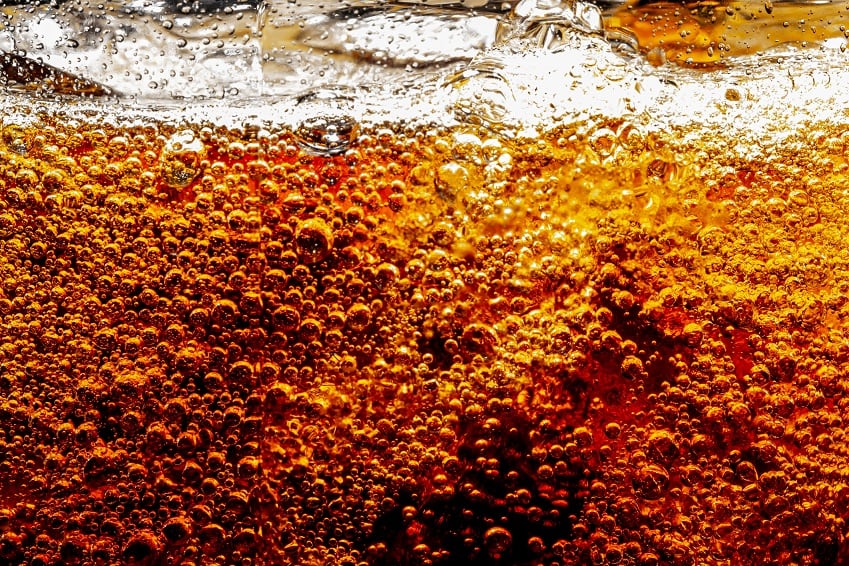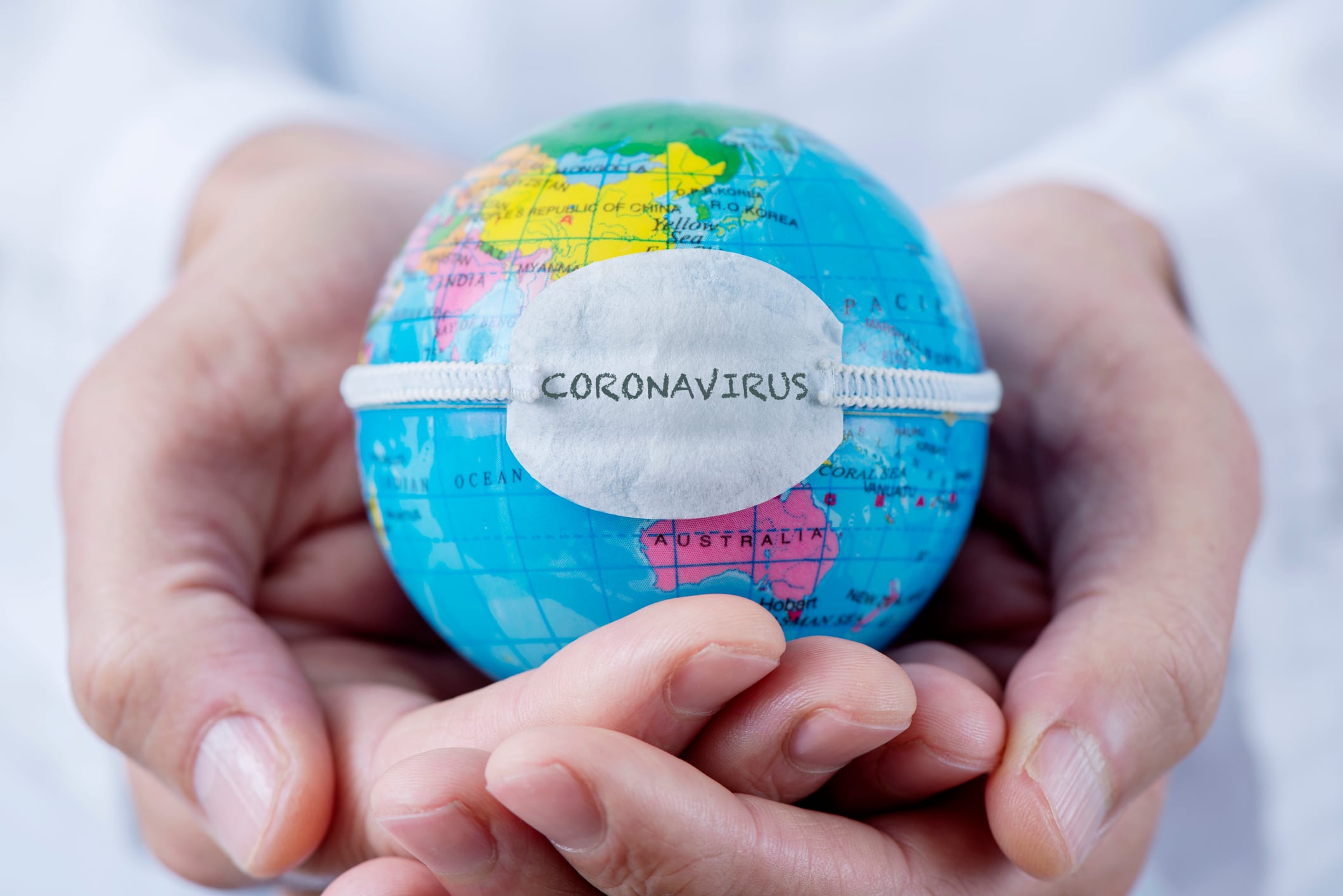As a global company with 500 brands and more than 700,000 people in its global system, Coca-Cola must address all aspects from its supply chain to distribution under coronavirus.
Looking at the short term and the long term
CEO James Quincey highlights two overaraching areas to address. Firstly, it’s by having the flexibility and adaptability to adjust - “on day-by-day, week-to-week, quarter-to-quarter basis” – and adjust to the right amount of brand building, innovation, revenue growth management and execution in the market.
Secondly, it’s by keeping an eye on the long term: “such that as we work our way through the winding path of where the crisis takes us, we end up emerging stronger.”
So what does that mean for different areas of the business?
Sharp change in consumption habits
The biggest impact from the pandemic on Coca-Cola so far has been a sharp decline in the away-from-home sector, which has seen a 25% drop since the pandemic took hold. This includes eating and drinking channels as well as on-the-go orientated channels like convenience retail.
“While our exposure varies across markets, away-from-home broadly represents about half of our business, given our strong share positions,” said Quincey.
“In some markets, like the US, drive-thru operations and carryout have helped offset some of the pressure, but most restaurants are operating on limited hours and are seeing overall trips decline sharply.”
In the at-home channels, Coca-Cola saw some early pantry loading, particularly in certain developed markets at the beginning of many of the lockdown phases. However, levels are now normalizing.
In other markets, like India, for example, the severity of the distancing measures has negatively impacted at-home as well, simply due to the significant reduction in shopping trips.
“At this stage, it's a little too early to determine exactly what level at-home trends will stabilize at.”
Coca-Cola, however, predicts a 'seismic shift' towards ecommerce: both during the pandemic and in the long term: and is ramping up its efforts in this area accordingly.
When will things go back to normal?
There is still a good deal of uncertainty around the trajectory of the pandemic, as well as the resulting macroeconomic impact, acknowledges Quincey. Therefore it's nearly impossible to predict how the pandemic will develop. What can help, however, is to look at the Chinese market, he says.
"While we're seeing different impacts across geographies and at different times, generally we expect three phases. The outbreak with its corresponding social distancing measures, a period of graduated reopenings, and finally, a return to a new normal.
"Consumer mindset and shopping behavior will be different in each phase, and they'll vary across markets. but we foresee some similar patterns.
"We can look to China for some early learnings about the various phases. Our plants there are all operating, and employees have returned to company offices in Shanghai. We're seeing encouraging signs of increased consumption as outlets reopen resulting in sequential improvements in China. However, the consumption is still lower than prior year, and we expect a full recovery to take time, especially as there are still limits on crowd sizes.
“As we anticipate a recovery in China, we're planning key actions with bottlers to regain momentum, including a pre-summer sales promotion and increased cooler placements. We will follow the strategy that has proved successful before the pandemic, adjusted with greater focus on channels and packages that will have traction as the new normal unfolds.
“While we are encouraged by the improving trends in China, we recognize that other countries may not follow the same trajectory and changes in social distancing practices may be gradual. And the situation in China could certainly continue to evolve.
"It is simply too soon to estimate exactly what might lay ahead.”
Employee redistribution
Coca-Cola says it has furloughed some of its employees 'where necessary' (it does not specify how many or in which areas) on full pay through June. It is also focusing on redeploying employees to different areas.
The vast majority of office based employees are working remotely; while manufacturing and distribution facilities have enhanced hygiene and sanitation practices.
“Teams around the world are being asked to work differently, and they're rising to the occasion," said Quincey. "We have implemented real-time network collaboration routines to accelerate knowledge sharing.
“We're adapting local market strategies across our system, including supply chain, stakeholder engagement, and workforce management. We've adopted dynamic resource allocation practices in many regions matching people to projects and scaling the best ideas across geographies.
"In many ways, the strategy we’ve laid out previously remains the same: centered around brand building, innovation, revenue growth management, and execution. Having the ability to dial-up and recalibrate aspects of that strategy is critical in this environment.
“A culture of agility is key. We are working seamlessly with our bottlers and retail customers to make real-time demand given the rapid shifts in customer patterns. Bottler alignment has never been more important and the work we've done to strengthen the system in recent years is bearing fruit in steps of execution.”
Supply chain
Coca-Cola has to deal with a large and complex supply chain for its products around the world. It says it already had contingency planning for its global supply chain in place: “thanks to the efforts across the whole system, we don't foresee any material disruptions at this time.”
One of the key focuses for the company now is to adapt its supply chain. This includes the sourcing of the ingredients that it uses in the concentrate and in the bottling plants; its own concentrate manufacturing; and then the bottling plants and then on through to distribution.
The Coca-Cola system sees concentrate made by the Coca-Cola Company; and then distributed to bottlers in their own market where the finished products are made. This has created an advantage for Coca-Cola in that it does not have the same concern about crossing borders that other companies have.
“There have been a lot of challenges, but I would like to congratulate the supply chain teams at the company and at all of the bottling partners, the incredible work they've done at basically keeping everything running," said Quincey.
"I was certainly on record a few weeks ago saying the supply chains around the world were creaking. There's been a lot of pressure at the borders, whether it's the province-to province borders in some countries or country-to-country borders in other parts of the world, moving some of the ingredients that are basically shipped around the world.
“But once they're within the country, the great advantage of the Coke system is that the Cokes are made locally. All our drinks are basically made locally. The drinks in the US are made in US, the drinks in Germany are made in Germany, the drinks in Kenya are made in Kenya. And so the local supply chain is then able to work designated as part of the food system, so an essential service to allow to run the production systems and distribution.
“We've had some issues on timing of ingredients. Those are much better than they were a few weeks ago.
"Production facilities are largely running. We've made a lot of adaptations to ensure safety and sanitation and security to the employees. That's true of the concentrate plants and most of the bottling plants, just a couple of places that we see some plant shutdown.
“And then distribution, we've largely kept up and running everywhere and doubled down on that. Yes, there are issues in the odd countries here and there on availability in some of the logistics for drivers or having to swap drivers at borders. But generally speaking, we've been able to adapt, and it's great strength of having ultimately a local supply chain in each country.”
While CO2 shortages have been creating concern for some companies, Coca-Cola says this is not a current issue for its company: “We're aware of the challenges, particularly in the US, due to the bioethanol raw gas feedstock sourcing depletion, but our team has got a number of contingency plans in place, and we don't see an issue in the foreseeable future at this point.”




